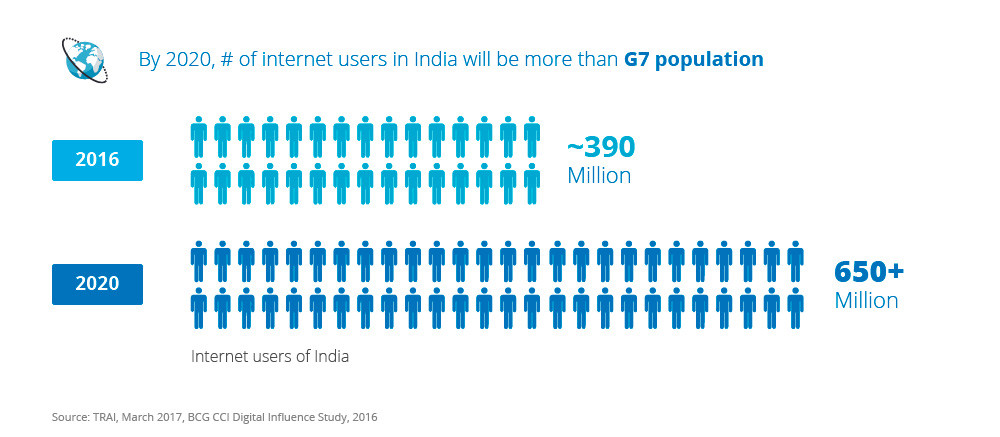India is projected to become the most populous country by 2024, and it already supports 17% of the world’s people. While most of these people still live in rural areas of the subcontinent, the government has been taking digital literacy very seriously, even for non-English readers.
With countrywide demonetisation and move towards digital currency, as well as the introduction of Aadhar cards for easy and online identification of citizens, the Indian government is persistent about pushing the country to use technology in order to solve some of its social problems. Digital Saksharta Abhiyan (Disha) scheme, which focuses on digital literacy in rural areas, is specially designed for this purpose.
One of the measures that the government is taking under this scheme is to make it mandatory for all mobile phones in the market to be able to type text in English, Hindi and another regional language, as well as support readability for texts in all the 22 languages that are recognised officially in the country. All phone manufacturers have been given until the 1st of February 2018, to incorporate this change into their phone technologies.
This is a mandate released by the Ministry of Electronics and Information Technology (MEITY) as a way to be able to reach out to people in disaster-stricken areas with alerts, warnings or other information because these areas might be experiencing zero internet connectivity. This will also allow them to share updates about education, health, and welfare with many more people. GPS and panic buttons are now to be added to the phones according to the same directive.
Even though the deadline for this mandate has been shifted twice, it is becoming increasingly apparent that the government is utilising the rise in popularity of phone technology for meeting its own purpose. Already the government has made Hindi a mandatory language to be incorporated in all banks for their core activities. With the rise of digital currency, this naturally means a step forward for net banking in Hindi.
Even though India’s majority does not speak or read English, the internet users of the country who surf the net are predicted to be 650 million by the year 2020, which is nearly double the current numbers. Rural areas are likely to contribute to 50% of this growth. While the government mandate only requires the languages to be incorporated for the use of SMS, once the technology is in place, it will allow rural India to use their phones in the language that they find most comfortable.

This jump in technology will not only mean increased transparency for regional language readers, but also a lot of scope for the development of apps, sites, and all kinds of social media. Because people will then be able to engage with technology in the language that they are most comfortable with, it will be fairly simple to penetrate these rural markets. Once phones are ready to recognise a vast range of complicated Indic languages, it is only a matter of time before this ease-of-use will lead to a corresponding rise in the translation of popular apps and sites.
85% of the country speaks one of 12 languages out of the 22 national languages that have been listed. Therefore, targeting just the English or Hindi speaking audience will limit how vastly a company can grow. This limitation can easily be overcome by localising their apps, advertisements, user-interface or websites for the readability of the local users. The process of localisation is now simpler than ever, with the availability of various language service providers such as Translate By Humans, who help growing businesses with translations.
It is an exciting time for the technological world because the largest democratic country is also rapidly becoming the largest consumer of digital media. Even the projected total population of all the G7 countries all together is not going to add up to 650 million in the next couple of years.

There is a lot to be gained by this development, and the potential for growth is clear. How we decide to optimally be a part of this growth is completely up to us.


